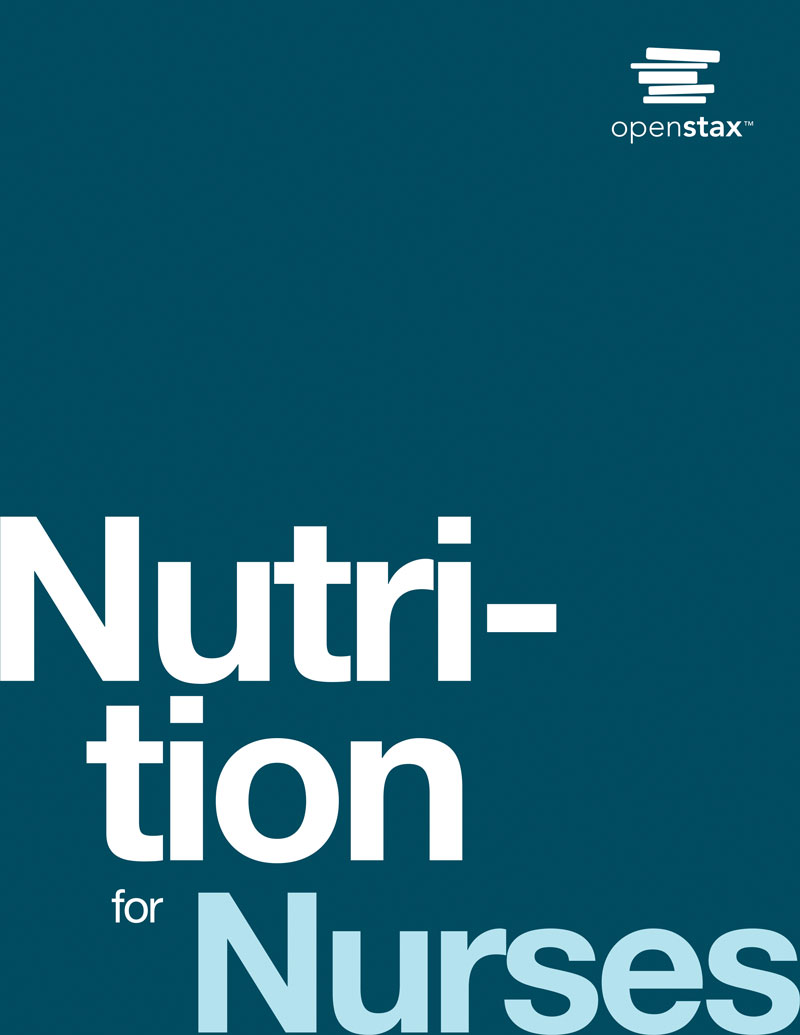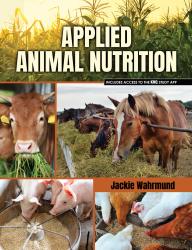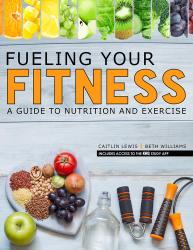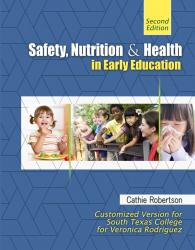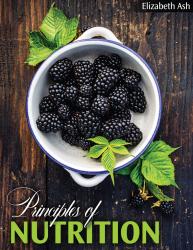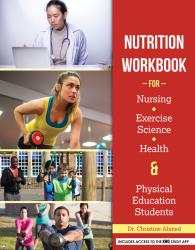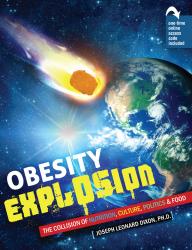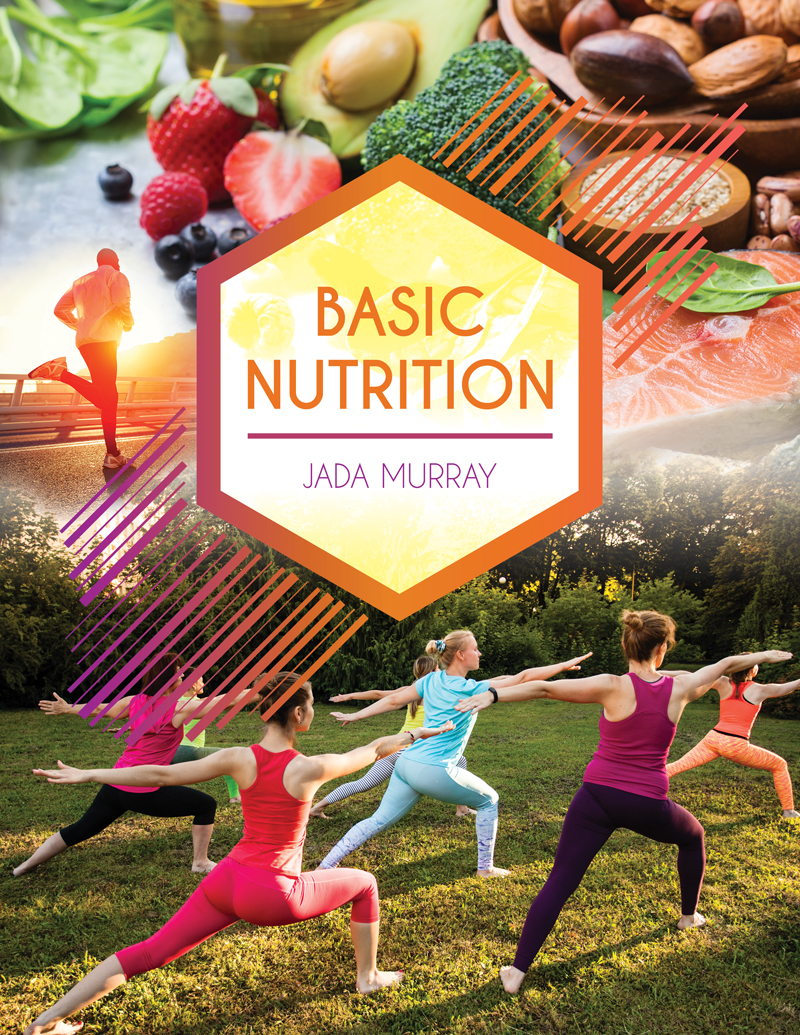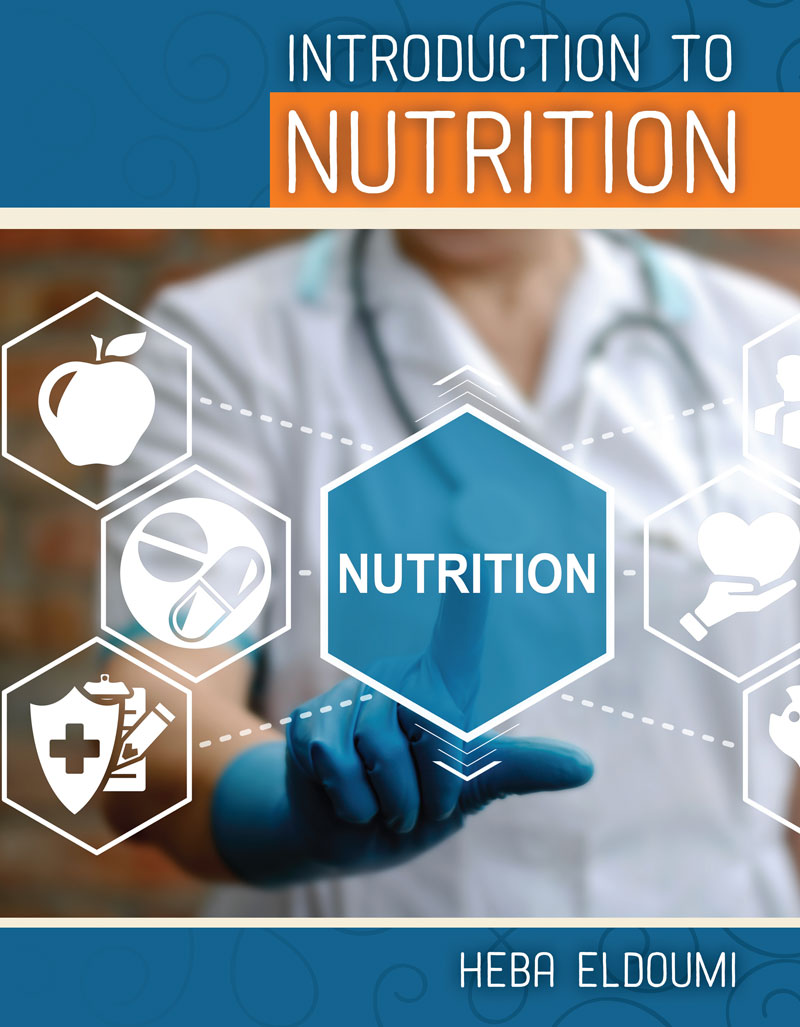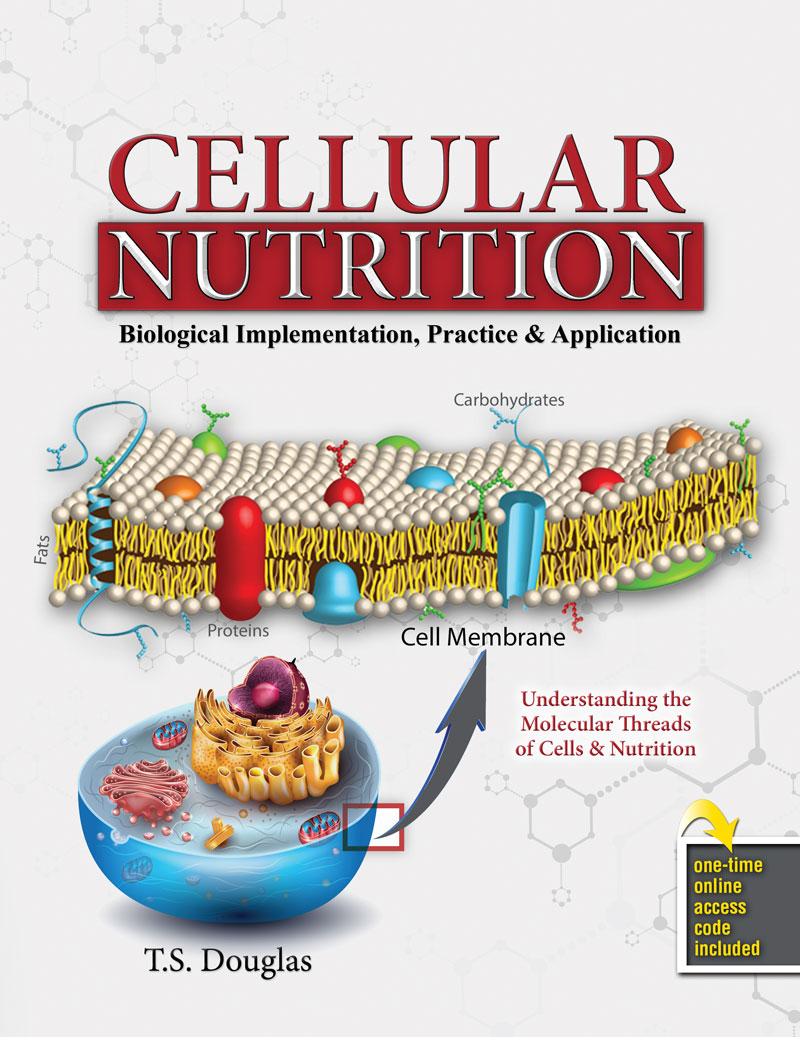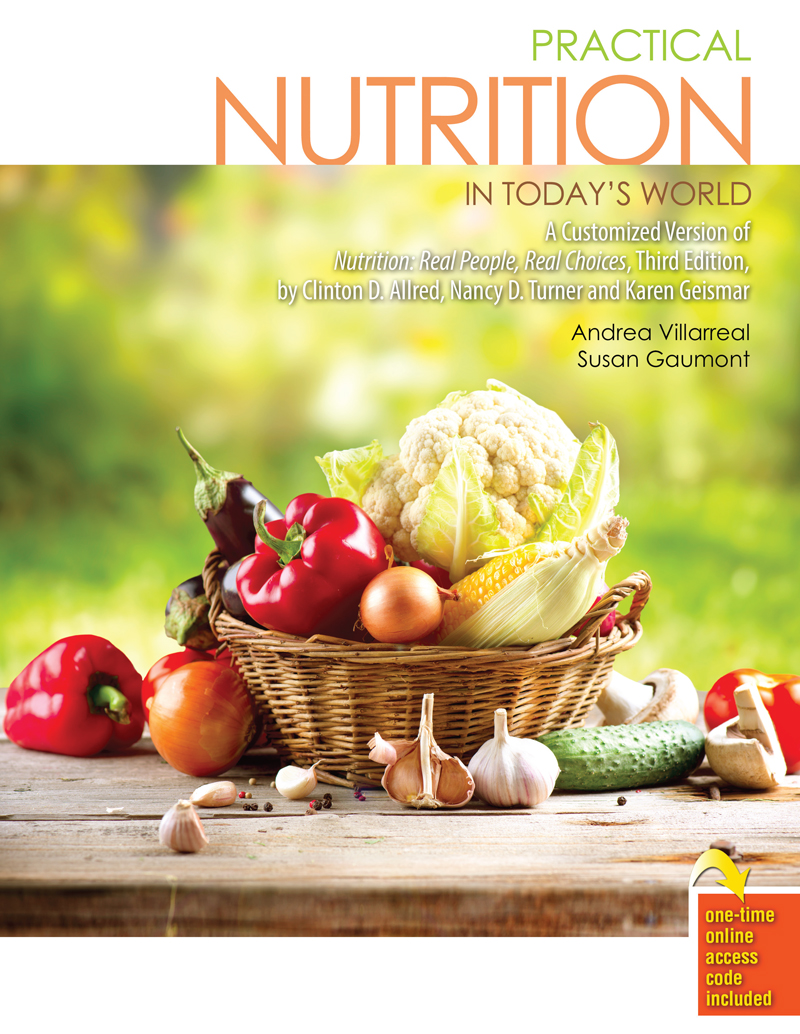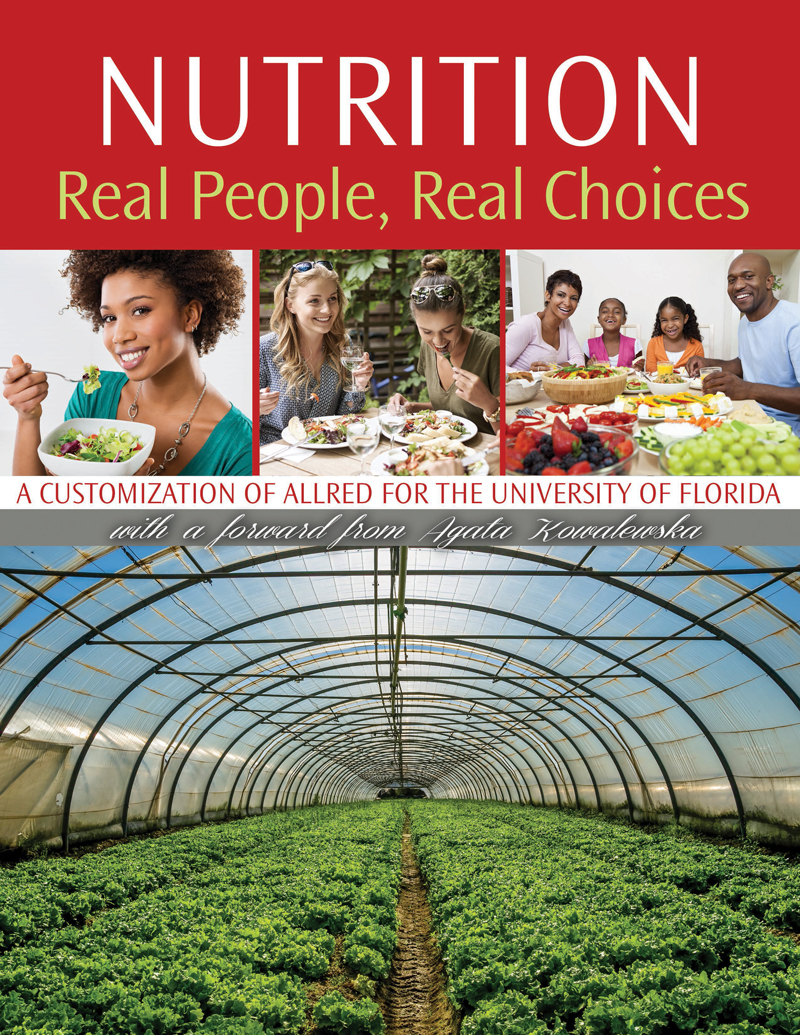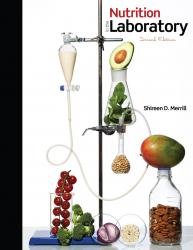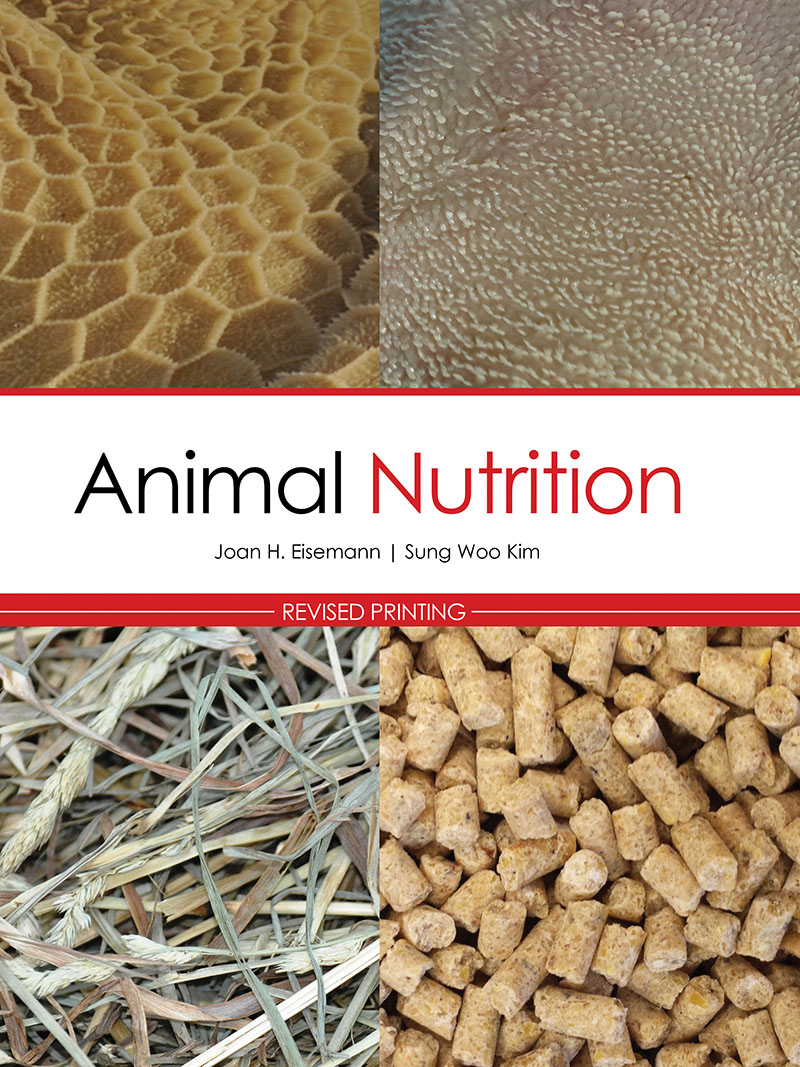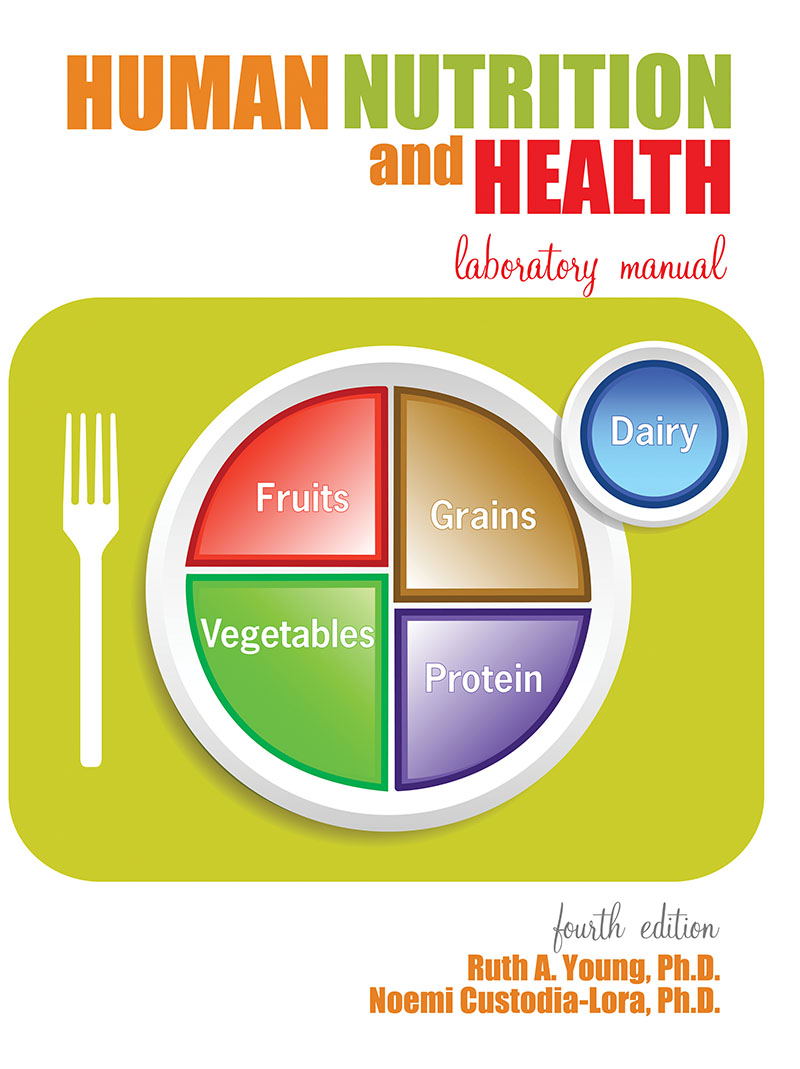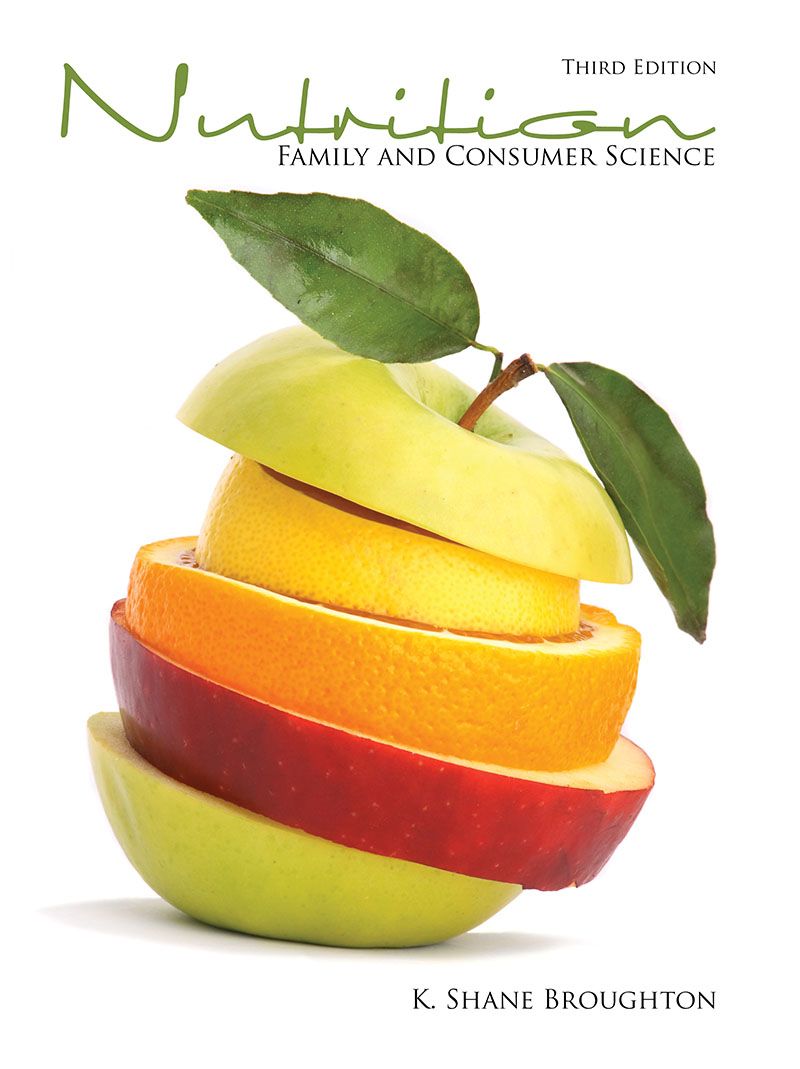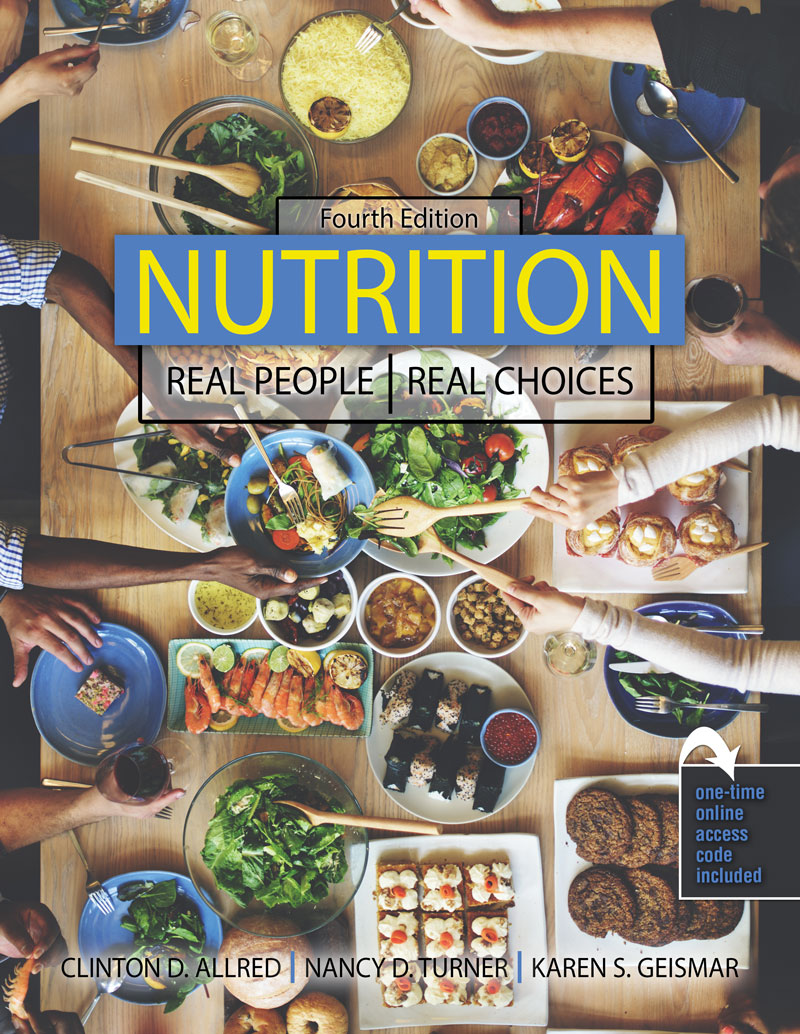
Nutrition: Real People, Real Choices is a research-driven text that has been developed and tested in response to and in partnership with more than 100 instructors across the country. It is also the product of feedback provided in survey data by hundreds of students. An extensive Instructor’s Manual and Test Bank are available as part of the fully integrated ancillaries. These ancillaries are designed to meet student learning objectives.
Nutrition: Real People, Real Choices is an introductory…
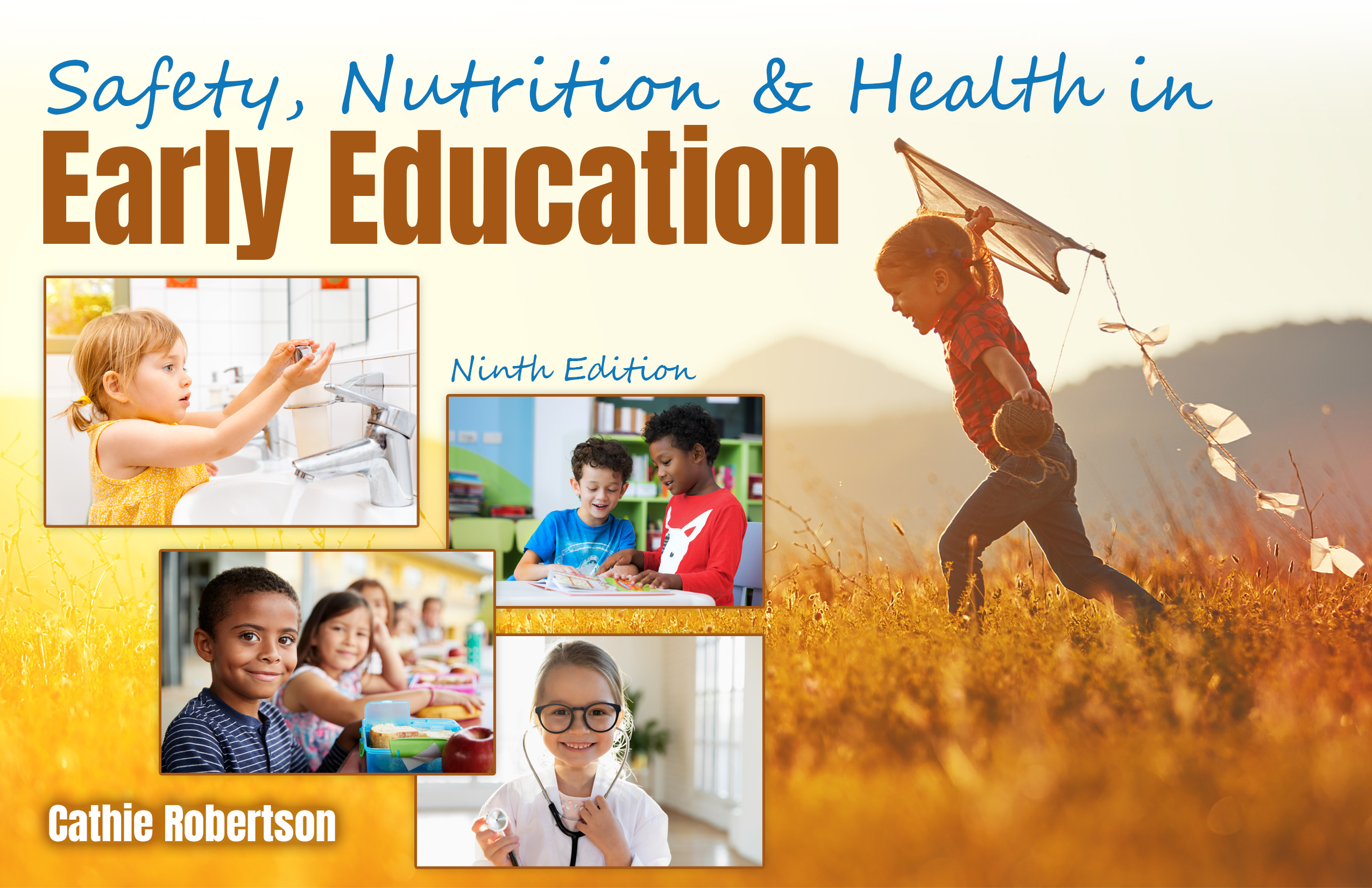
Safety, Nutrition and Health in Early Education explores early childhood safety and nutrition in a variety of facets, including indoor and outdoor safety, emergency procedures, nutrition and food safety, as well as a chapter on holistic wellness in early childhood education. Topics such as diversity and development ensure that students receive a well-rounded understanding of the material in this interactive, online book.
Written in a grounded approach by an author that is in today's classrooms, Safety, Nutrition and Health in Early…
Drs. Zinger and Sinclair bring you the most recent, evidenced-based academic book on nutrition.
This edition of Nutrition: Apples to Zinc includes:
- The latest findings on gut health
- New applications with individualized fitness
- Metabolic imbalances and role of inflammation in diseases
- An enhanced look at the latest diet trends
Nutrition & Metabolism is a turn-key online course package that studies the structures, types and metabolism of carbohydrates, lipids and proteins. In addition, it examines the biological roles of vitamins and minerals. To help students to apply concepts learned to real life scenarios, they are given access to a computerized nutritional analysis program to critically analyze the nutrient adequacy & composition of their own diet. The online course package features assignments, quizzes, and exams.
Nutrition for Healthcare Professionals: An Introduction to Disease Prevention is an introductory nutrition textbook designed and written for students majoring in dietetics, nutrition, nursing, health sciences and medicine. This unique textbook does not follow traditional approaches to teaching nutrition; rather, it begins by describing the role of nutrition in human health from historical and contemporary perspectives. The book then focuses on the most significant chronic and nutritional diseases of our time, notably obesity, cardiovascular disease, diabetes,…
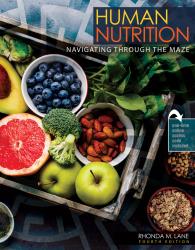
Human Nutrition: Navigating Through the Maze was developed to help adult students learn about nutrition and to stimulate the student’s own critical thinking skills so that they can incorporate the basic nutritional concepts they learn into their daily lives to maintain a healthy body. Some of the topics covered in the workbook are the following: overview of your body’s nutrients, tools for eating health, your metabolism, your body’s digestion, absorption, and transport for carbohydrates, fats and other lipids, proteins, water and fat soluble vitamins, and major…
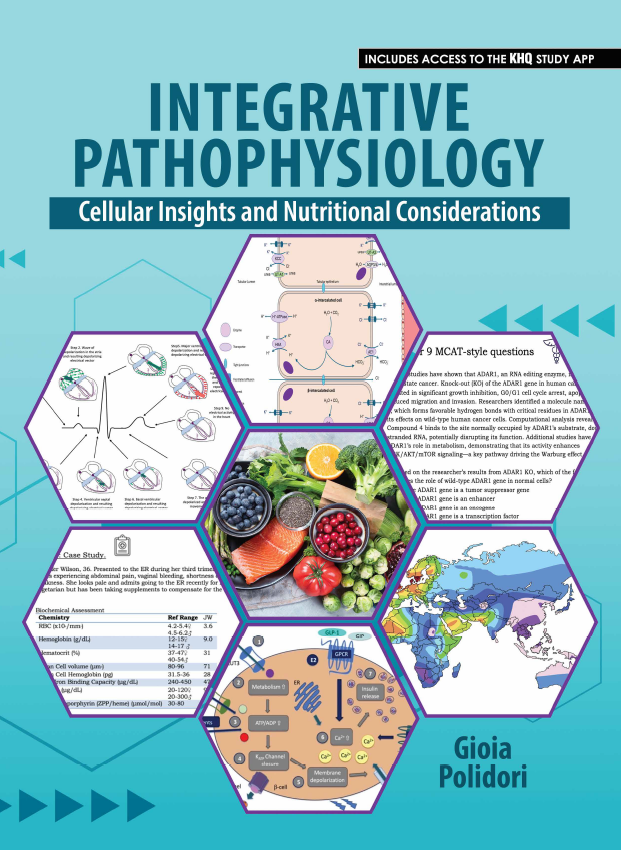
This multidisciplinary textbook bridges the fields of cell biology, physiology, and pathology to explore the biological foundations of common diseases closely linked to nutrition. Rather than serving as a comprehensive pathophysiology resource, the book focuses on a curated selection of conditions rooted in nutritional imbalances, offering a focused and integrated approach to nutritional strategies that support the management and improvement of these diseases.
…
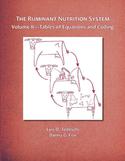
NOTE: This is Volume II of a two-volume set. Volume I is also available
This book accompanies The Ruminant Nutrition System: Volume I — An Applied Model for Predicting Nutrient Requirements and Feed Utilization in Ruminants (RNS). It shows the equations and code used to implement the RNS model for use by advanced teaching courses and research by faculty and graduate students at the master or doctoral levels in life sciences, animal science, wildlife and fisheries…
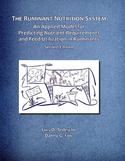
"The purpose of the Ruminant Nutrition System (RNS) software is to integrate and apply current scientific knowledge and to encourage creative and innovative ideas to solve practical feeding and nutrition problems. This is accomplished by using the accumulated scientific knowledge to establish relational and conceptual links among key variables and quantify their values. The foremost goal in developing the RNS was to provide a framework that could be used for incorporating and implementing new scientific knowledge and submodels to more accurately predict nutrient requirements and biological…
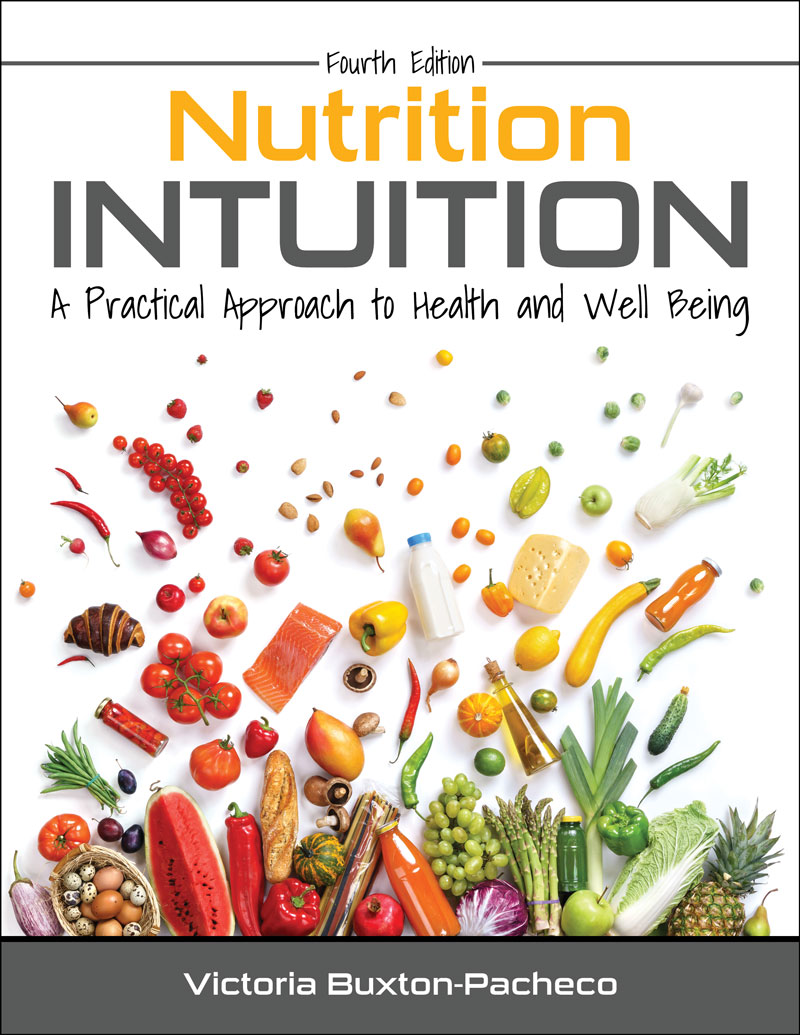
Nutrition Intuition: A Practical Approach to Health and Well Being provides a practical approach to nutrition for non-nutrition majors. The goal of Nutrition Intuition is to provide the reader with the most up-to-date information about the basics of nutrition and be able to apply the principles learned. This textbook provides detailed information that is used to highlight some of the foods and nutrients that we eat every day. Each chapter focuses on certain foods and nutrients to help the reader understand the important roles they play in our health.
…
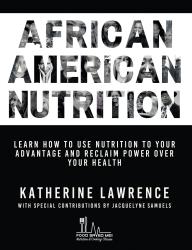
Why do African Americans have the highest death rates from all kinds of cancers, but not the highest diagnoses?
How are BMI charts negatively biased against the body composition of African Americans?
Why are doctors providing the same blood pressure medications to African Americans as they are Caucasians, even though they've proven different efficacy?
Genetic differences across races matter. And, these differences affect our nutrition. Through her experience teaching nutrition and disease for almost two decades, Katherine Lawrence shines a light on these…
Practical Metabolic Nutrition: A Systems Approach to Vitamins and Minerals is not your average vitamins and minerals textbook. Practical Metabolic Nutrition uses a systems-based approach to energy metabolism. This innovative approach provides a better overall understanding of the intimate relationship of the micronutrients in whole body physiology.
The publication describes the interaction of vitamins and minerals with each other during digestion, energy metabolism—well just about every system—and the impact of deficiencies…
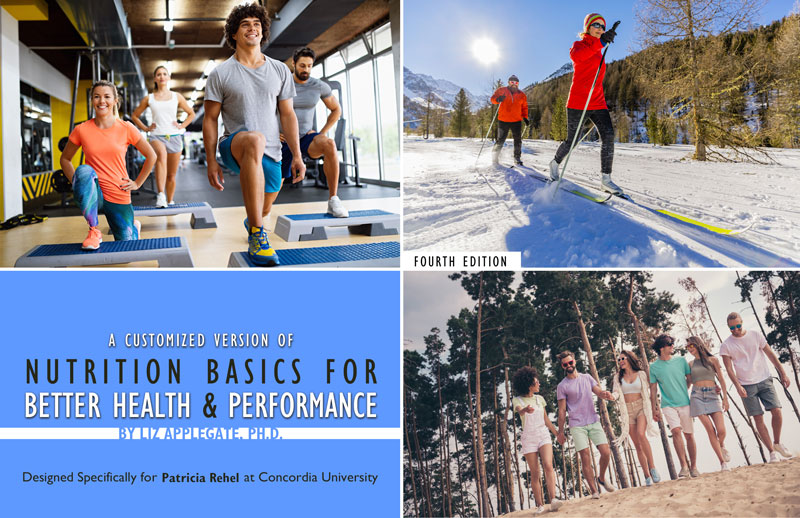
Take Charge of Your Body
Nutrition Basics for Better Health & Performance is a book for nutrition courses taught at the introductory level. A minimum of scientific terminology is used and an emphasis is put on physical activity.
This text covers a wide array of nutrition topics from basics about fats, proteins, carbohydrates, and energy metabolism, to popular topics of weight loss, vitamins, and a chapter on Nutrition and Athletic Performance.
Nutrition Basics for Better Health & Performance features:
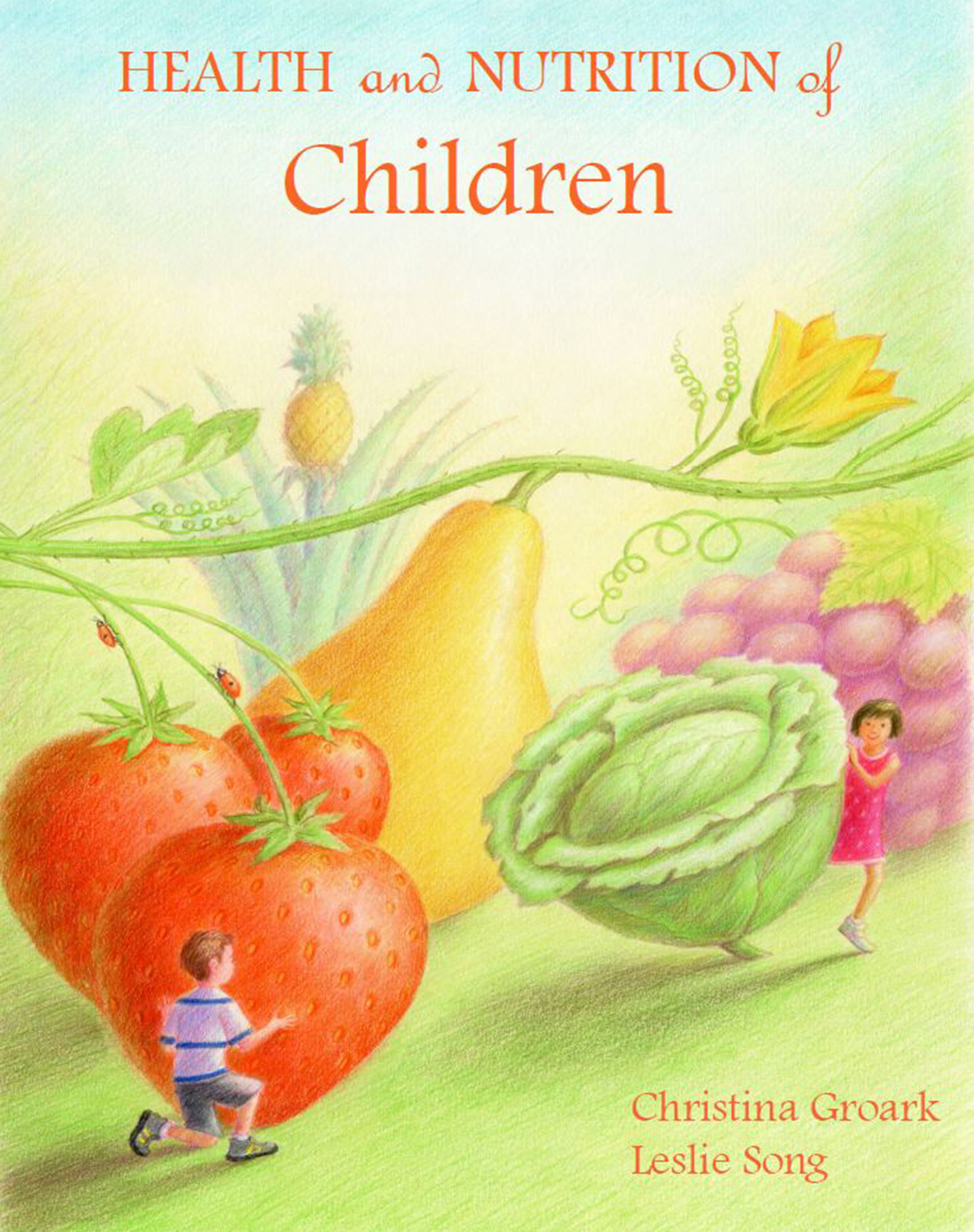
HEALTH AND NUTRITION OF CHILDREN explores the role of early childhood educators in fulfilling the nutrition, health and safety needs of young children in their care. The text identifies the professional standards of the field and discusses best practices for applying them in the early care setting. Students will learn how to teach healthy practices and to promote the overall wellness of children.
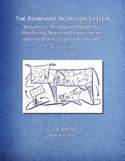
Note: This is Volume I of a two-volume set. Volume II is also available
The purpose of the Ruminant Nutrition System (RNS) software is to integrate and apply current scientific knowledge and to encourage creative and innovative ideas to solve practical feeding and nutrition problems. This is accomplished by using the accumulated scientific knowledge to establish relational and conceptual links among key variables and quantify their values.
The foremost goal…
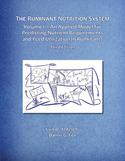
Note: This is Volume I of a two-volume set. Volume II is also available
The purpose of the Ruminant Nutrition System (RNS) software is to integrate and apply current scientific knowledge and to encourage creative and innovative ideas to solve practical feeding and nutrition problems. This is accomplished by using the accumulated scientific knowledge to establish relational and conceptual links among key variables and quantify their values.
The foremost goal…

NOTE: This is Volume II of a two-volume set. Volume I is also available
This book accompanies The Ruminant Nutrition System: Volume I — An Applied Model for Predicting Nutrient Requirements and Feed Utilization in Ruminants (RNS). It shows the equations…
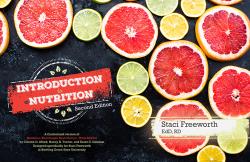
Introduction to Nutrition is an easy to read, essential purchase for students in dietetics, as well as students studying subjects that may have a nutrition component, such as exercise science, nursing, pharmacy, medicine, and other related areas. This textbook provides the quality information that astute learners demand in nutrition science applications that are ideal at introductory levels. New and updated nutrition topics are intertwined with real stories from real people that connect the material to the reader’s everyday life.
Introduction…
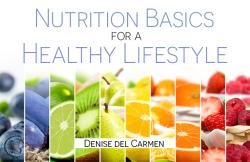
Nutrition Basics for a Healthy Lifestyle provides readers with the significance of nutrition and why it is the foundation of life. Nutrition is something that affects everyone, one way or another, every day. It is an important part of living a healthy life and helping others do the same. Good nutrition and physical activity will decrease the risk of disease and keep one healthier to do the things they want to do! Throughout this text the reader will become aware of why nutrition is important in life and how it is ever changing.
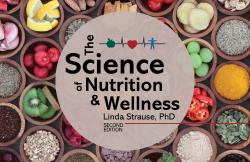
The Science of Nutrition and Wellness is an introductory nutrition textbook designed for non-Biology majors. It covers the fundamentals of the science of nutrition and major physiological systems, including the G.I. tract, cardiovascular system and excretory system. Includes a special chapter on the endocannabinoid system, a biological system responsible for the physical and psychological effects of cannabis. Also features a Diet Project to assess your own nutrition.
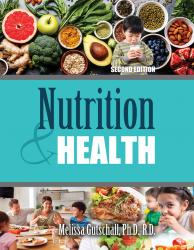
Nutrition and Health is designed to supplement any introductory nutrition course studying essential nutrients and the importance of good nutrition to health at various stages of life. The text is intended to guide the student in identifying key concepts with the use of topic outlines, project resources, study guides and experiential activities. Course management is made simple with organization, clarity, and the availability of resources in one document and student engagement is promoted with the use of hands-on activities and discussions.
…
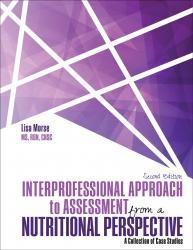
It is essential to have critical thinking skills when assessing any patient or client, especially the complicated ones. In the real world, it is rare to see an individual with only one particular problem or concern. Furthermore, these critical thinking skills will help to determine the best therapies for the patient or client as well as assist in determining what additional healthcare practitioners need to be involved so all of the patient’s concerns can be properly addressed.
Learning objectives for Interprofessional Approach to Assessment…
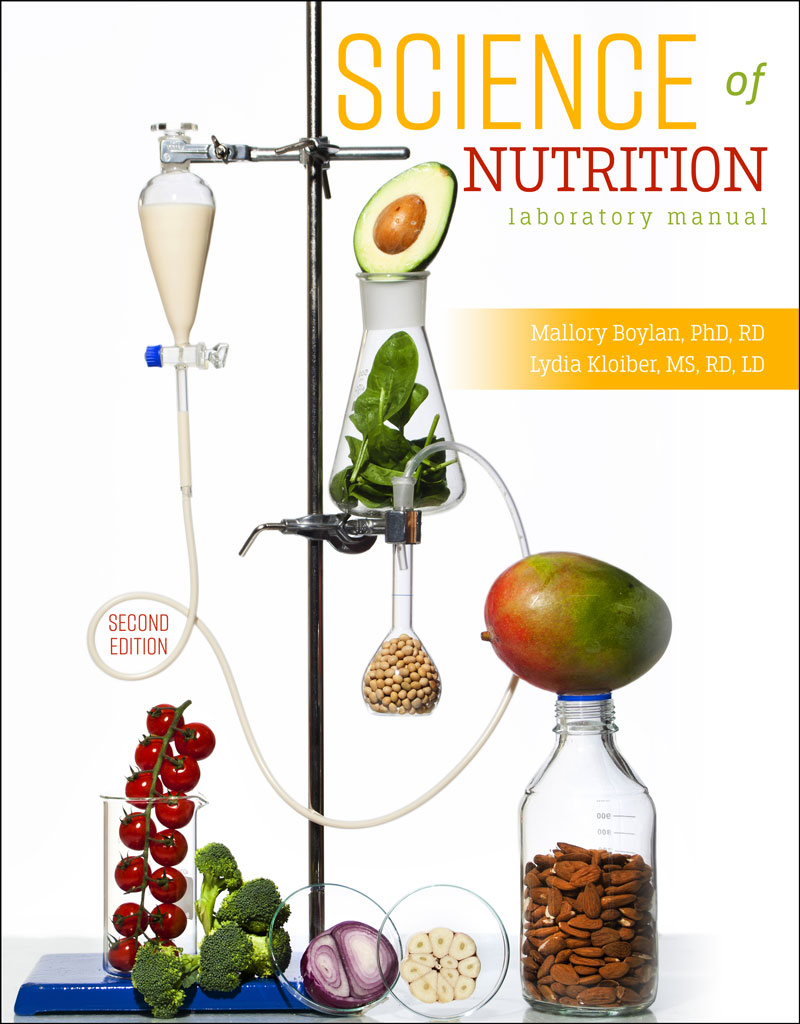
The science of nutrition encompasses a diverse assortment of disciplines ranging from biochemistry and physiology to psychology and sociology. Scientists who study nutrition may work with cells, animals, or human beings, and their work may be in a laboratory or a clinical or public health setting.
The Science of Nutrition Laboratory experiences will apply concepts from lecture and help students visualize and experience some aspects of nutritional sciences.
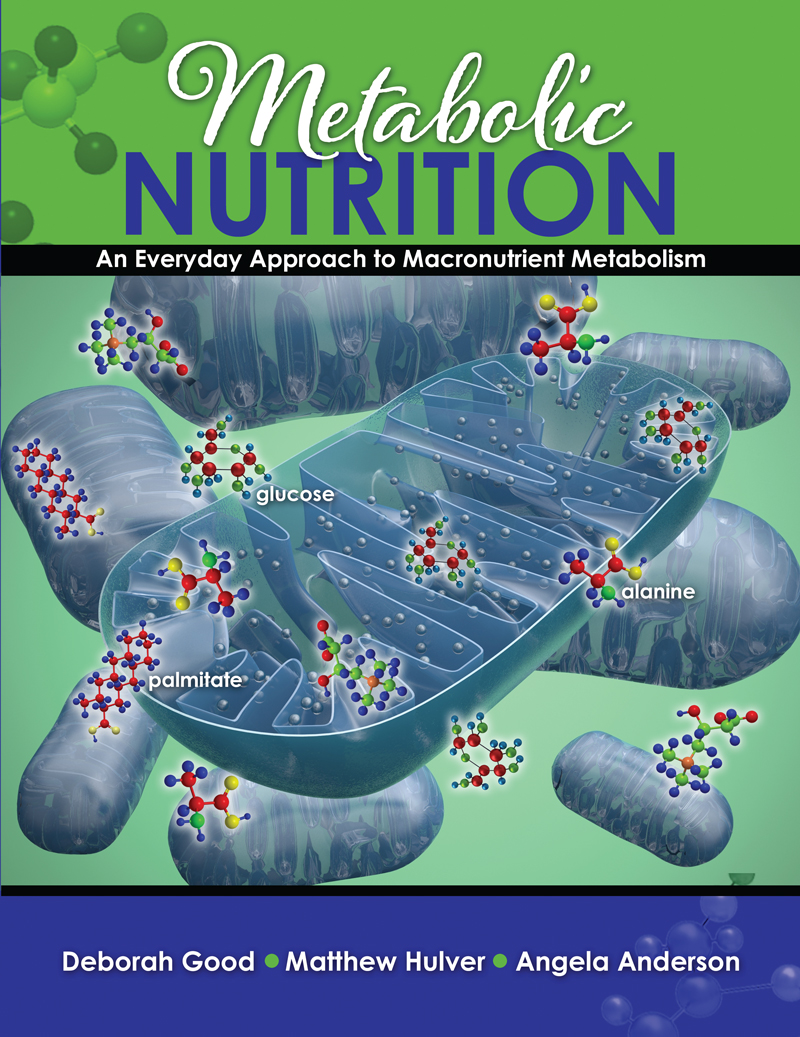
Unique to the market, Metabolic Nutrition: An Everyday Approach to Macronutrient Metabolism provides a less complicated and more applicable approach to learning about ATP and the multiple ways that cells can produce and use it.
Metabolic Nutrition presents what happens from the time one takes a bite of food, how one’s body digests the food, transports the nutrients to cells in his/her body, and stores it for later use. The publication uses real-life situations to understand metabolism and apply it. In addition, students…
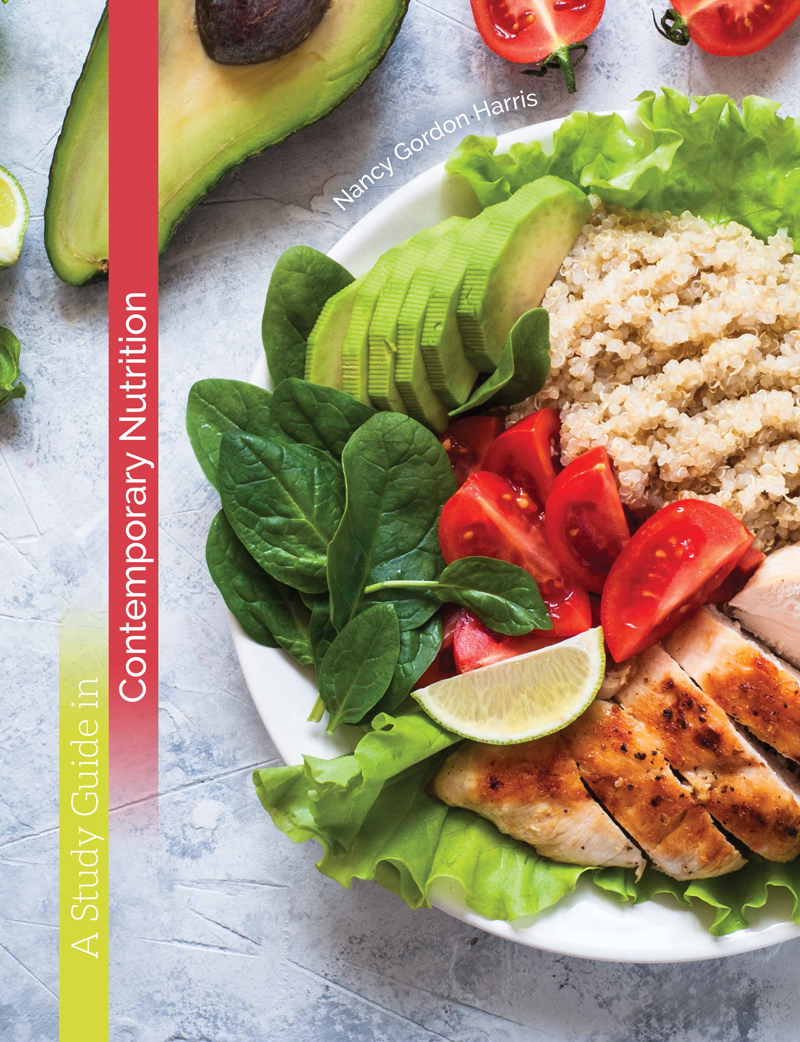
This detailed study guide provides a comprehensive understanding of nutrition and how it ultimately impacts wellness as a whole. Presented in an approachable, easy-to-grasp way, students understand the science of nutrition and learn to critically assess the health-related messages they receive from society. The content equips students to evaluate their lifestyles and make the nutrition changes necessary to support long, active, healthy lives.
A Study Guide in Contemporary Nutrition:
- Addresses multiple learning styles by providing space to…
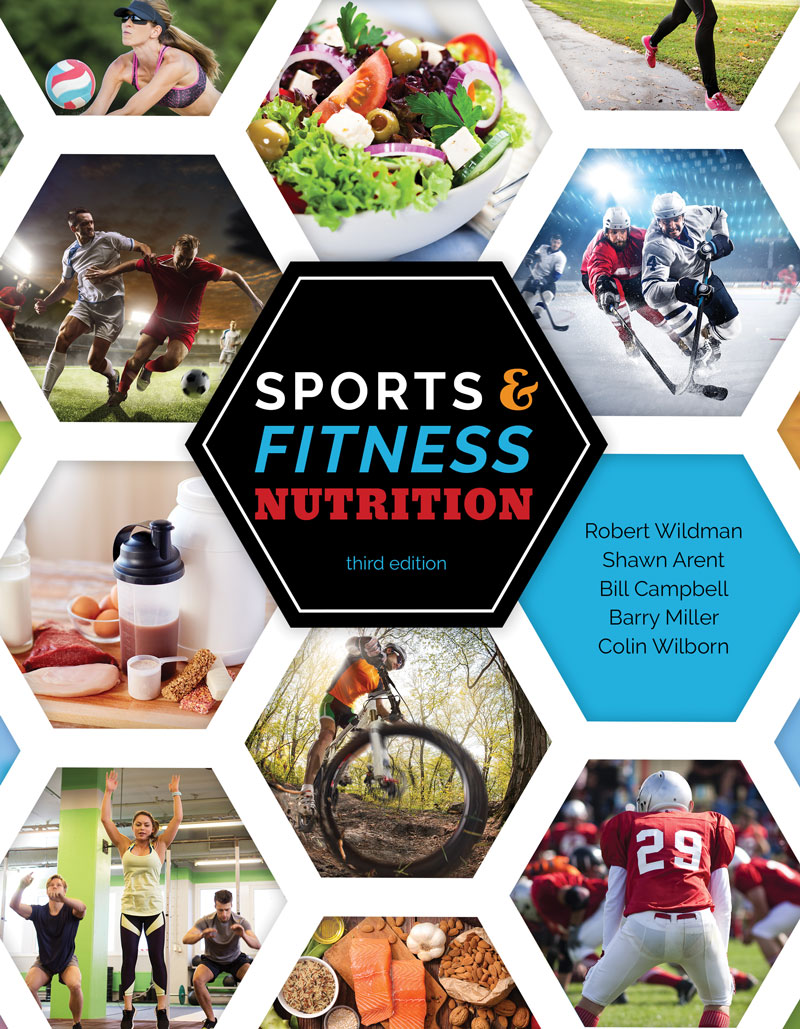
Building upon the successful first edition, the NEW second edition of Sports and Fitness Nutrition provides students and practitioners the theoretical and practical understanding of how nutrients affect health and athletic performance.
Appropriate for advanced nutrition students, sport nutritionists, exercise science students, as well as professionals in the health and wellness fields, Sports and Fitness Nutrition helps the reader understand how nutrition can play an integral role in enhancing training, recovery, preventing injury…
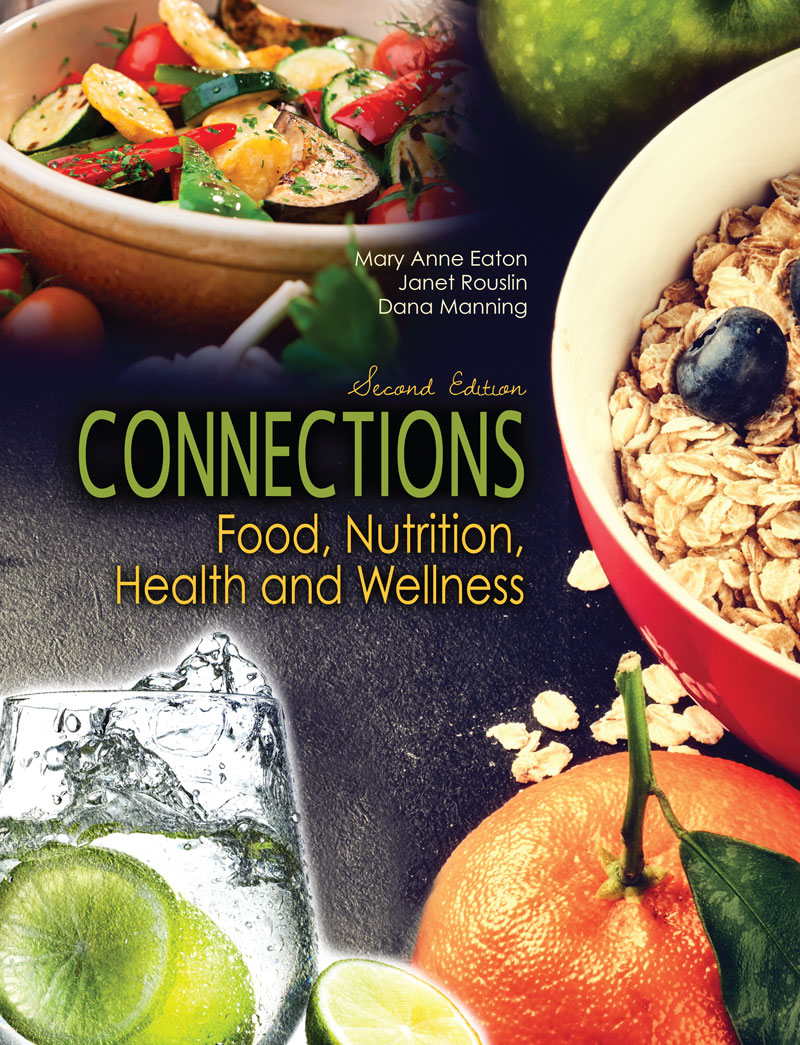
Connections: Food, Nutrition, Health and Wellness is an introductory nutrition textbook designed for non-nutrition majors as well as allied health majors. The textbook covers all the essential nutrients and their relationship to your body’s functioning and well-being. The textbook also includes the latest information regarding nutrition information for the public sector such as the Dietary Guidelines and the new Nutrition Labeling guidelines. Connections is set apart from other introductory nutrition…
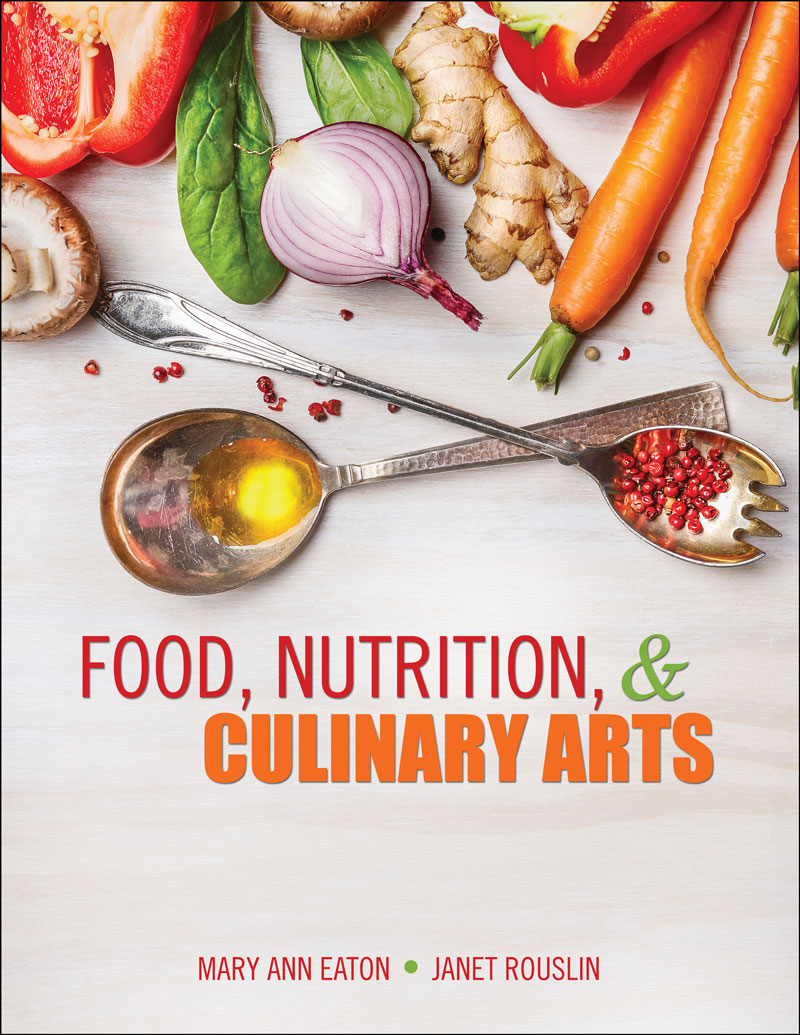
Food, Nutrition, and Culinary Arts is a unique blend of basic nutrition concepts with a focus on culinary arts. Starting with the first chapters on nutrition concepts, the use of food to meet nutrition standards is emphasized. Future chapters delve into the six essential nutrients, as well as health-related information that can help chefs learn to plan colorful and tasty meals around specific nutritional requirements. The Culinary Corner in each chapter reviews current trends and topics in the field of nutrition and culinary arts. At the end of each chapter is a…

Interprofessional Approach to Assessment from a Nutritional Perspective is a unique case study compilation of scenarios that medical professionals may encounter in both an inpatient and outpatient setting. While these case studies focus primarily on the nutritional assessment and care of the individual, they are appropriate for medical and nursing students in addition to dietetic students making it an excellent companion for an medical, nursing or nutritional assessment text.
Unique perspectives included in the case studies are:
…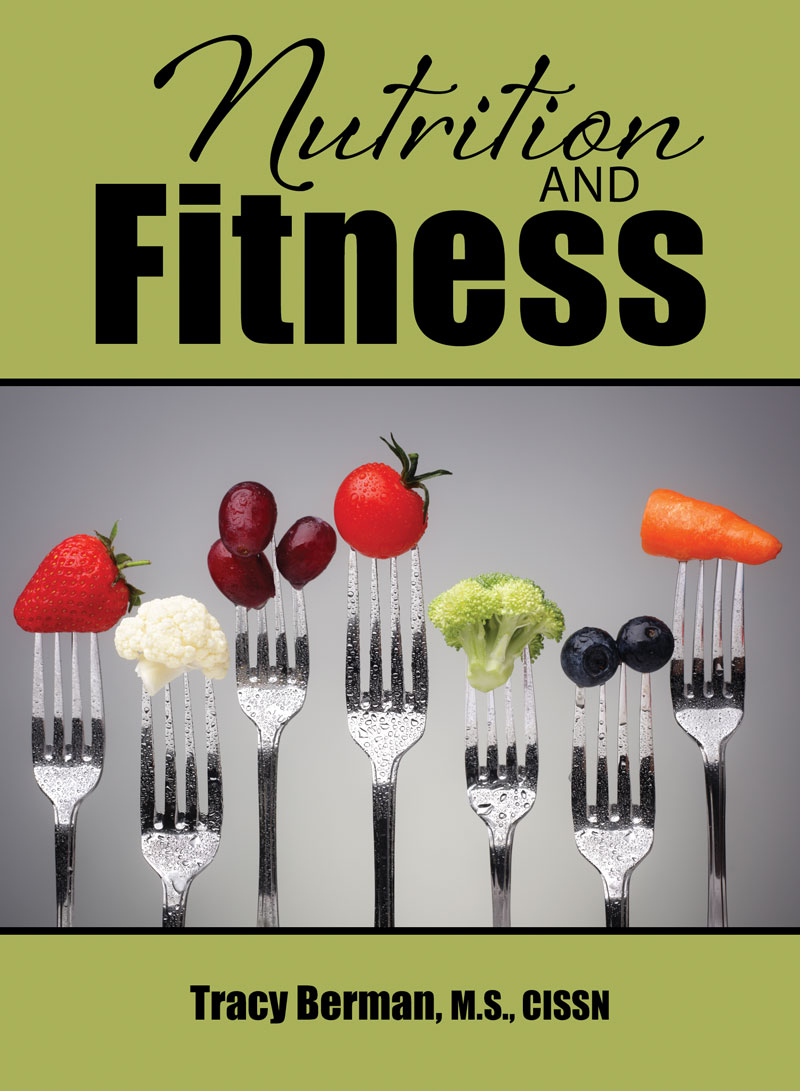
Nutrition and Fitness provides the information students need to make positive nutritional changes. The other 50% of this course material is based on physical activity as “the great protector of your health.”
Nutrition and Fitness features topics on:
- Nutrition Standards and Guidelines
- Human Energy Balance
- Carbohydrate and Exercise, and Diabetes
- Metabolism
- And more!
This text contains a summary of key points in each chapter as well as quizzes and bold key terms…

Authors Marshall Jurgens and Kristjan Bregendahl have been joined by new authors Josie Coverdale and Stephanie Hansen to create the 11th edition of Animal Feeding and Nutrition. Animal Feeding and Nutrition is written in a clear and concise outline format, reducing the vast amount of reading sometimes necessary for complete coverage of feeding practices.
Animal Feeding and Nutrition is organized around four basic topics, giving your students all the information they'll need to understand the applied concepts of animal feeds…
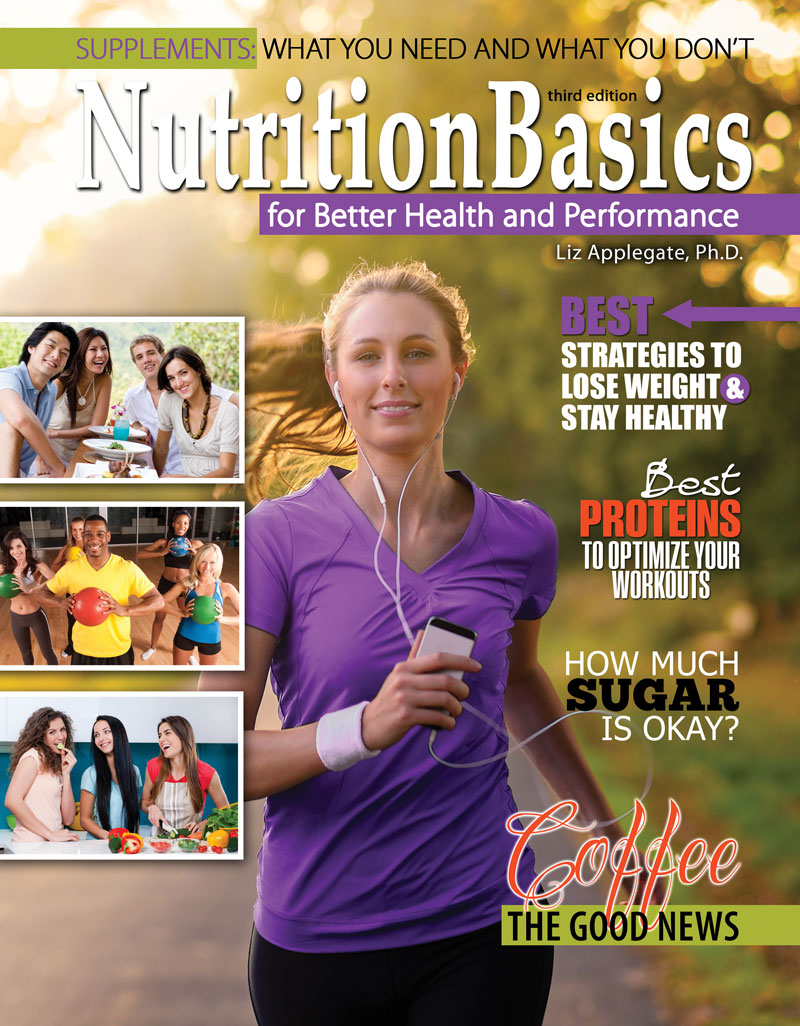
Nutrition Basics is a reader for non-major nutrition courses taught at the introductory level. A minimum of scientific terminology is used so the book fits all levels of students. A wide array of nutrition topics are covered from basics about fats, proteins, carbohydrates, and energy metabolism, to popular topics regarding weight loss and supplements. Practical information included also makes this book enjoyable for students and everyone who is interested in improving their health.
Dr. Liz Applegate, a nationally renowned expert on nutrition and…

eBook Version
You will receive access to this electronic text via email after using the shopping cart above to complete your purchase.
